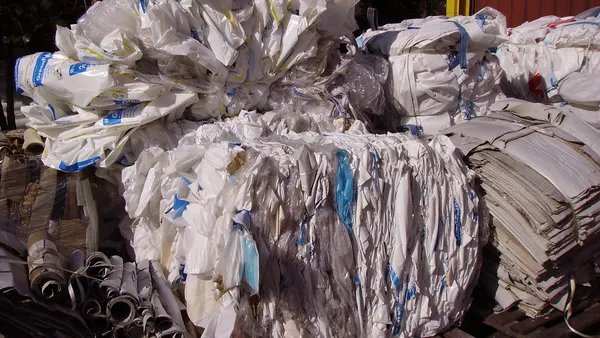Dive Brief:
- A team of divers from the National Oceanic and Atmospheric Administration (NOAA) collected 57 tons of waste from the ocean surrounding the Northwestern Hawaiian Islands.
- The 17 team members participated in a 33-day mission that focused on debris removal from a World Heritage site, the Papahanaumokuakea Marine National Monument. This spot is notable as one of the largest marine conservation areas around the globe.
- The bulk of the recovered waste was comprised of fishing nets and plastic, including 7,436 pieces of hard plastic, 3,758 bottle caps, 1,469 plastic bottles, and 477 lighters.
Dive Insight:
Approximately 80% of the debris that makes up the Great Pacific Garbage Patch can be attributed to the North American and Asian continents, while around 20% originates from marine activities, including boaters, offshore oil rigs, and cargo ships. Scientists estimate the “patch” will double in size in the next decade.
Divers have been playing an integral role in the removal of waste in ocean waters, and have been compiling useful data in the process.
For instance, the nonprofit Project Aware established Divers Against Debris in 2011. It uses information collected by scuba divers to map waste in the world’s oceans. While exploring oceans, participants remove debris and record where the waste was discovered, and then puts the data onto an interactive map that shows where the trash was found. The group hopes to use the input to create prevention initiatives and to reduce the volume of trash reaching marine environments.









